Landscaping & Lawn Care Resources
At Evergreen Lawn Care, we want you to love your grass, whether it's cushioning kids' playtime in the backyard or lining a storefront and complementing the landscaping. Understanding the type of grass in your landscaping can lead to improved appearances. Our team can also help you choose flowers, plants, and shrubs to provide colorful contrast against a lush lawn year-round.
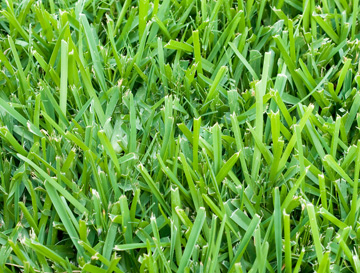
St. Augustine Grass
In the southern region of the United States, St. Augustine grass is the most popular choice for residential lawns and commercial landscaping. This grass prefers subtropical climates and prospers in warm regions, but is also tolerant to partial shade. Most of the time, St. Augustine grass is established using sod or plugs as seeds are difficult to find. It has a blue-green color and a fairly thick turf.
St. Augustine grass does require a fair amount of water and grows best in a moist and semi-fertile soil. This grass is moderately good under foot traffic and is made of mostly above ground runners or stolons. But, it produces more thatch than any other kind of grass and is susceptible to fungal disease.

Centipede Grass
This grass prefers full sunlight but is considered tolerant of moderate shade. When kept well-maintained, Centipede grass can form a thick, appealing, and weed-free lawn. It can originate from either sprigs or seeds but grows slowly and is easily damaged by excessive activity.
Centipede grass is ideal for lawns and landscapes in the Southeast because it prefers the region’s consistent temperatures. This type of grass produces surface runners rather than a deep root system, allowing it to be easily removed removed from flower beds or walkways. At the same time, it’s susceptible to nematodes. These microscopic insects can thin the grass in patches and cause portions to wither and die.
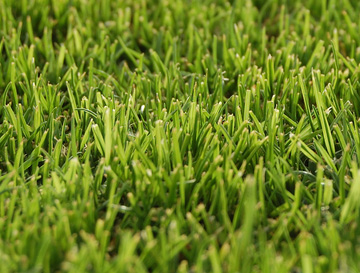
Bermuda Grass
Bermuda grass is found in tropical and subtropical climates as well as the transition zones. It is resistant to drought and is able to grow in various soils. Because of this, it is a very popular choice for lawns, golf courses, and coastal areas. Bermuda grass grows easily from a seed and spreads quickly. Unfortunately, this means if left unchecked, it will overrun your flowerbeds and it is also very difficult to remove completely.
Because of its ability to withstand a large amount of activity and its preference to sunlight, Bermuda grass is the preferred choice for sports fields. Yet, the color often changes to brown with the first drop in temperature which is unappealing to the eye. Bermuda grass produces many seed heads which may also be considered unattractive.
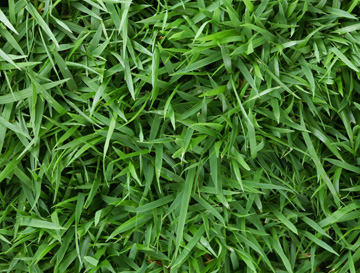
Zoysia Grass
Zoysia grass is considered extremely invasive and has the potential to overrun any other species growing in the lawn and possibly spread to neighboring lawns. It’s also nearly impossible to remove. Though it is invasive, it has a slow growth rate but generally struggles to recover from any damage. Zoysia grass is inclined to have thatch problems.
Because this grass enjoys the heat, it quickly changes to brown if the temperature drops. Zoysia grass is also susceptible to zoysia patch disease which has the potential to kill grass and turn it to a rust color as it dies.
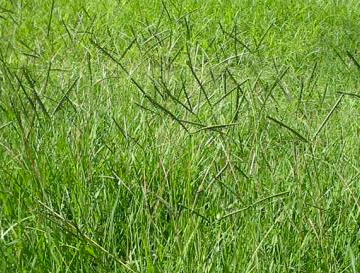
Bahiagrass
Bahiagrass loves the sun; it prefers warm temperatures and daylong sunlight. Because of its complex root system, it is drought-resistant. Bahiagrass doesn't spread rapidly so it is less likely to invade nearby flowerbeds or landscaping. But, because it forms a thick carpet of grass, while more difficult to mow, bahiagrass has more tolerance for frequent foot traffic.
Bahiagrass requires minimal fertilization with iron and can tolerate inadequate soil fairly well. This type of grass is ideal for areas without proper irrigation. Unlike most warm season grasses, it's mostly immune to the majority of pests and diseases other than the mole cricket.

How To Water Your Grass
Rain is normally sufficient for providing a lawn with the water it needs. But, during droughts or periods of prolonged heat, supplemental watering may be necessary. It’s essential to water during the correct time of day for optimal results. Do not irrigate the grass between 11 a.m. and 3 p.m. as this is the hottest time of day. The sun’s heat can cause rapid evaporation which can damage the lawn as well as removing any benefit of watering. Also, avoid watering at night because the water can pool and become unsanitary.
It’s imperative to irrigate with the correct amount of water. Small but frequent watering sessions cause the grass to develop short roots which create a weak root system unable to support the grass during hot weather. Instead, try to deeply water the lawn 2 times to 3 times a week with about 1 inch to 1.5 inches of water.
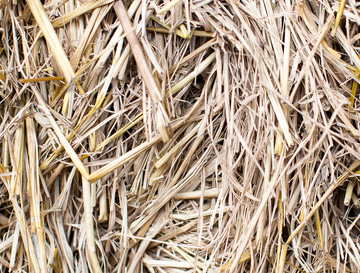
Thatch Grass
Thatch is known as the section of dense roots and decaying matter located beneath the grass. It’s important in protecting the crown of the grass and preventing the soil from becoming compacted. At the same time, if the thatch layer becomes too thick, it prohibits water and fertilizer from reaching the soil. To check the amount of thatch, cut out a section of the grass. If there is more than a quarter-inch or half-inch present, the amount of thatch is too thick.
Proper lawn care helps to prevent thatch buildup. This includes annual aeration and deep watering. Raking is the most effective solution for thatch removal. A traditional rake is only useful in smaller areas. But, if the problem covers a large area, you'll need to use a power rake to solve the issue.
Bulbs & Seasonal Planting
Planting Seasonal Plants in Jonesville & Gainesville, FL
Seasonal plants have many benefits of using them in the landscaping around a home or business. Bulbs are more adaptable and seasonal plants have the opportunity to grow when trees are not full of leaves, allowing more sun to reach the plants.
Also, there's nothing better than walking outside and discovering that the bulbs have sprouted. As these flowers die and other flowers come into season, there will be ever-changing colors in the landscape. With seasonal bulbs, you may not have flowers in bloom all year, but there will be a rotation of varieties and color.
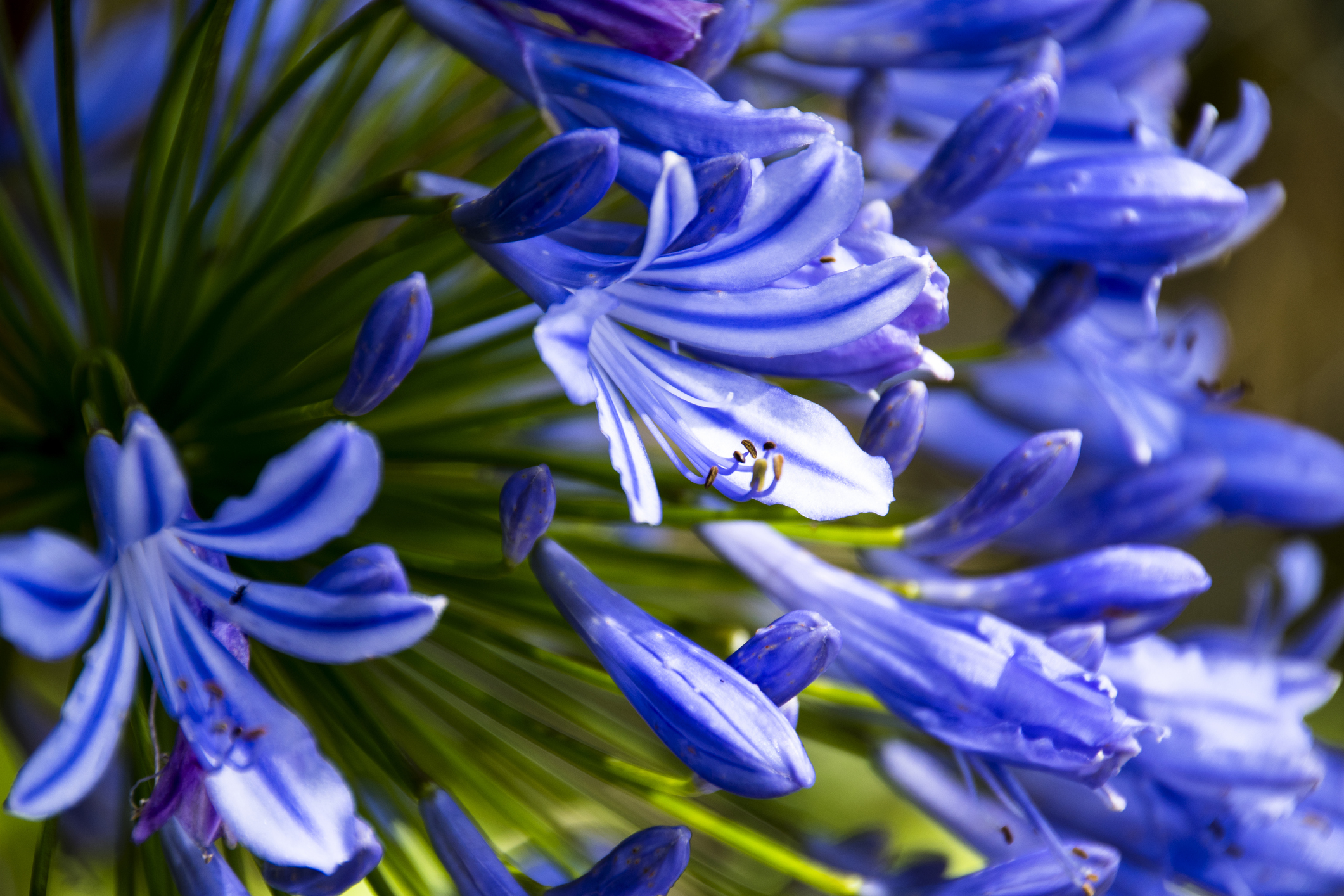
Agapanthus
Agapanthus flowers bloom throughout the summer with large clusters of purple, white, and blue. This plant can withstand the Florida sun but prefers a bit of shade. It also thrives with water but is drought-resistant. Agapanthus can grow up to 3 feet tall and functions well in a flower bed. As an added benefit, this plant attracts hummingbirds and butterflies.
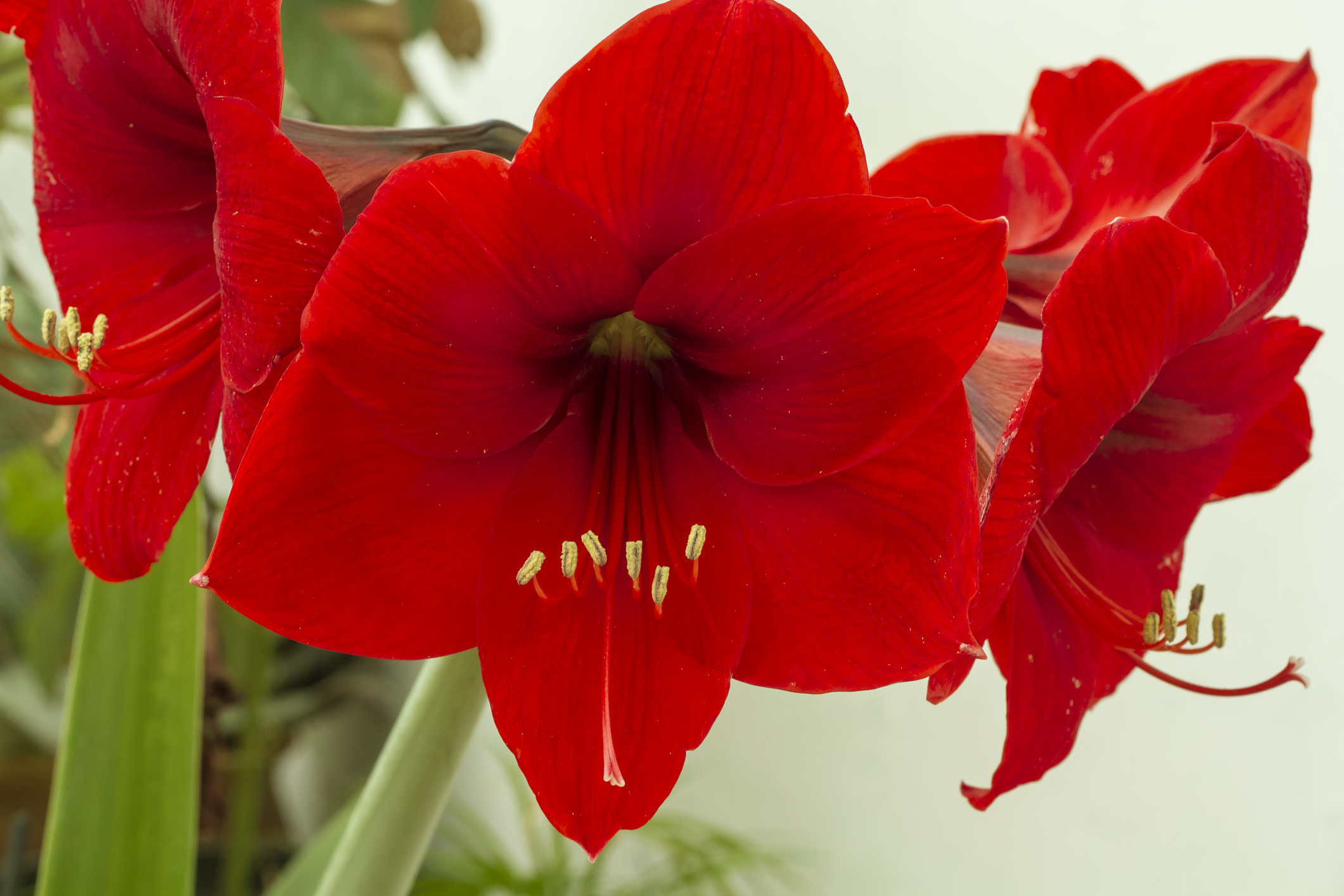
Amaryllis
Amaryllis in Florida blooms in springtime before large trees acquire their leaves. Their blooms feature colors such as pink, orange, red, and white. With amaryllis, you have the option to plant it outdoors or keep it in a potted plant which can be placed outside or inside depending on the weather.
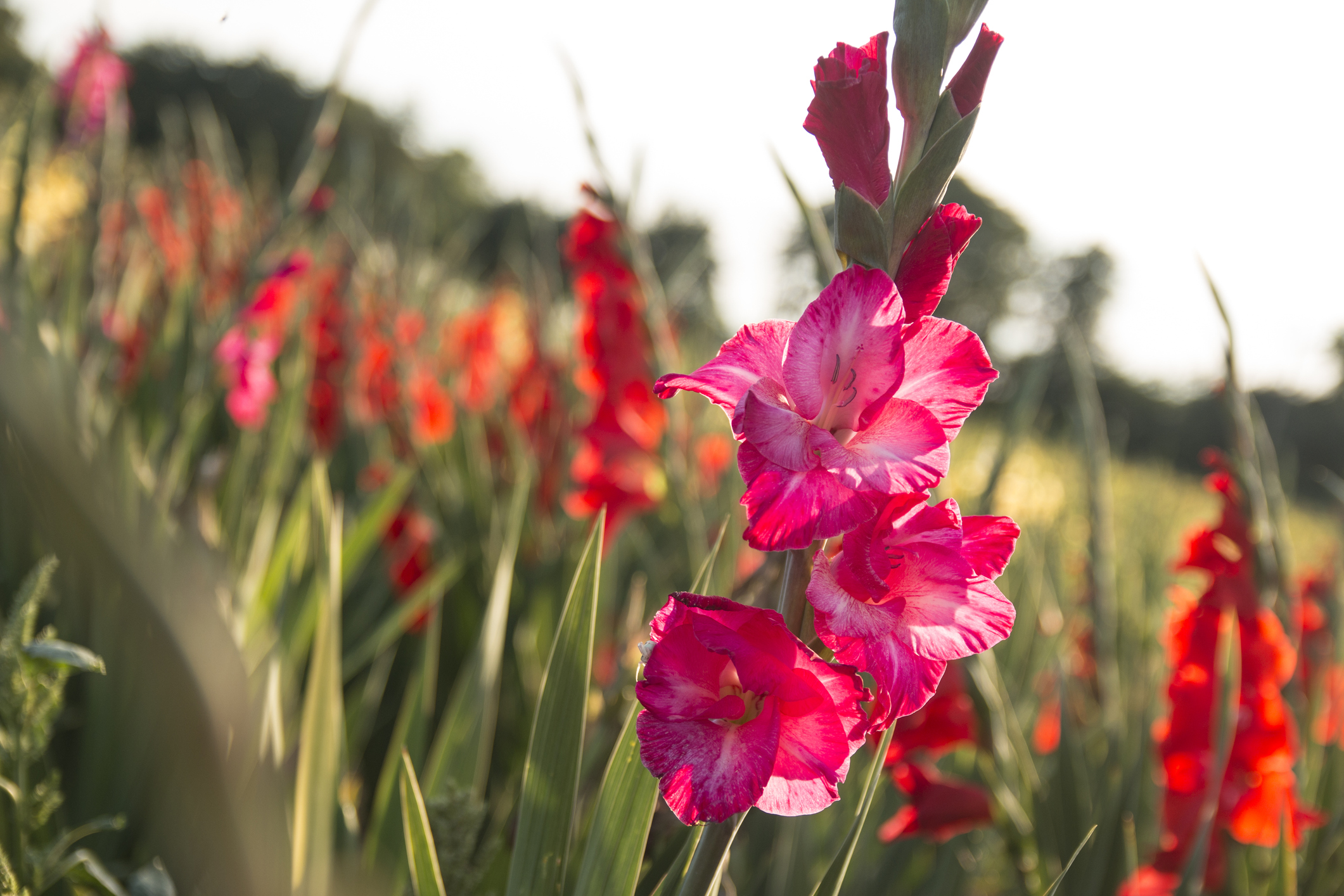
Gladiola
Gladiola thrive in particularly warm weather and in summer months. They enjoy the sun and dry, well-drained soil. When you decide to plant them, be sure to anchor them by planting them deeper than other bulbs.
Shrubs to Learn About
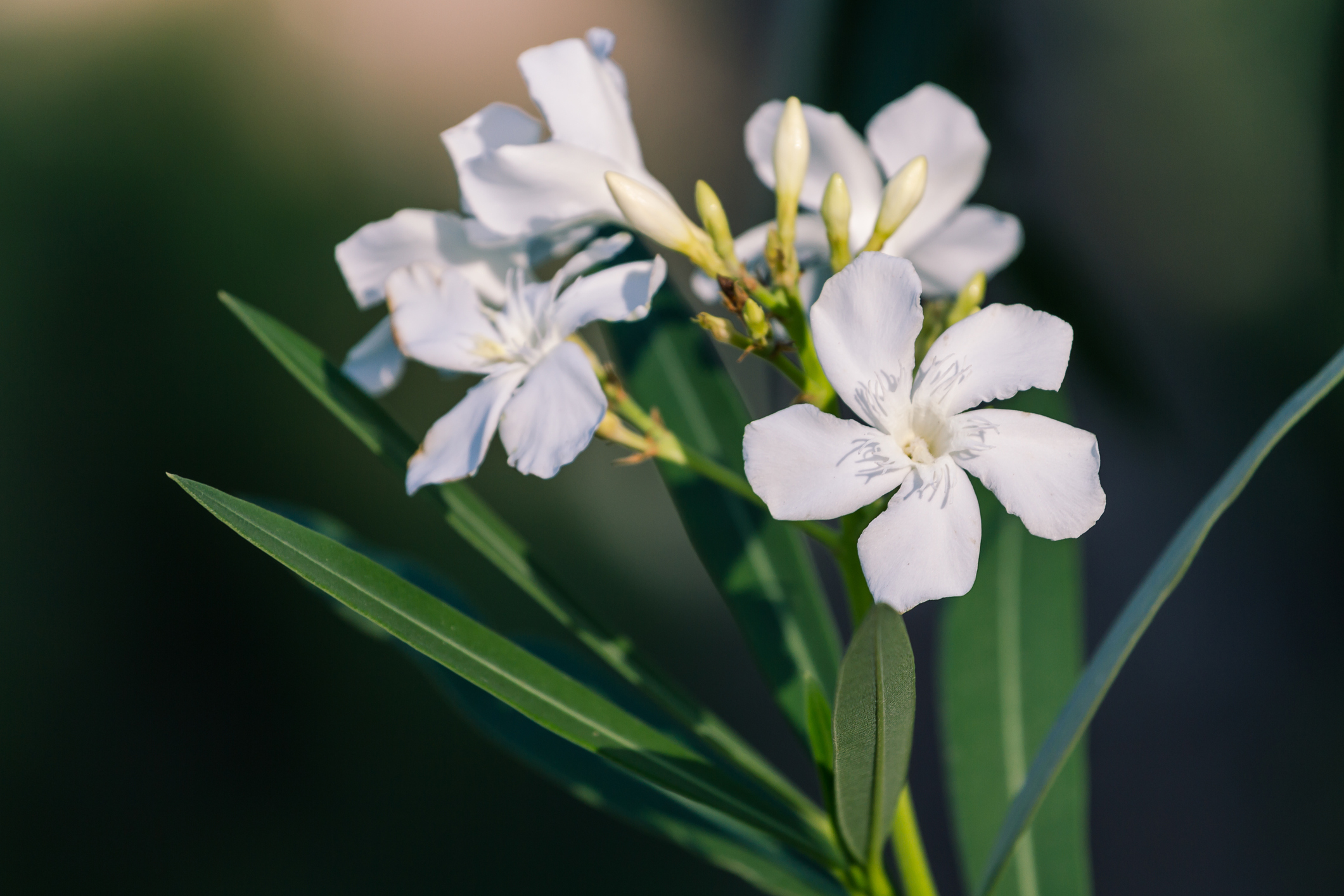
Oleander
This plant features beautiful flowers with colors of apricot, yellow, white, red, purple, and salmon. Oleander blooms throughout the summer and fall, preferring dry climates and the sun, which makes them suitable for Florida. They’re capable of adapting to other climates such as marshy and sandy soil. Though they may smell good, all parts of the plant are extremely poisonous. They also may cause skin irritations with contact which makes oleander impractical if you have pets or children.
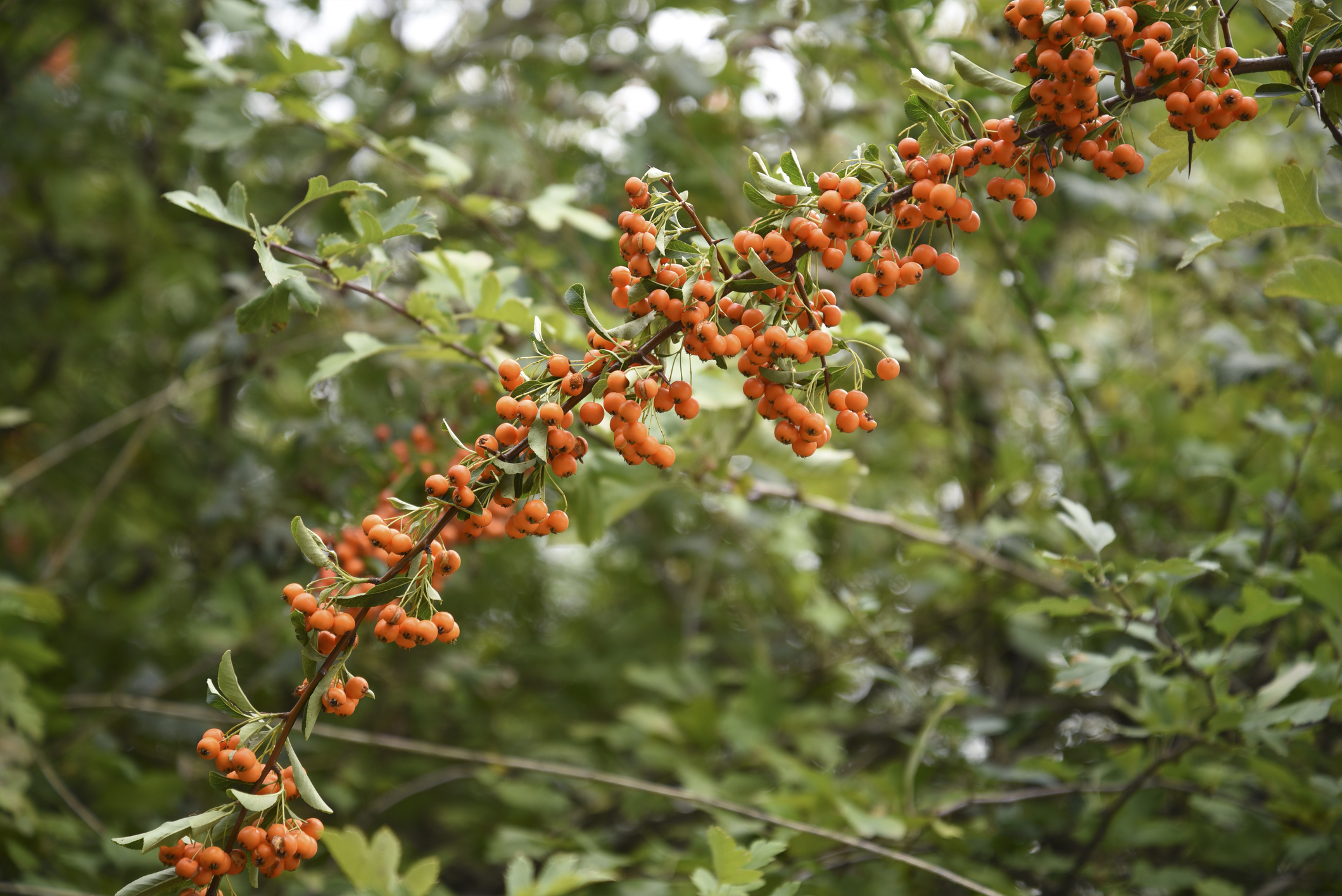
Firethorn
Firethorn features white flowers in the early summer before striking red-orange berries cover the plant until summer ends. This plant can grow from 6 feet to 16 feet tall. Firethorn is perfect for sunny, partially shady, or shady locations and can have either moist or dry soil. It’s best to carefully choose a location as the prickly leaves are not ideal near walkways or doorways. Yet, firethorns are often a birdwatcher’s dream as their vibrant colors attract many species of birds.
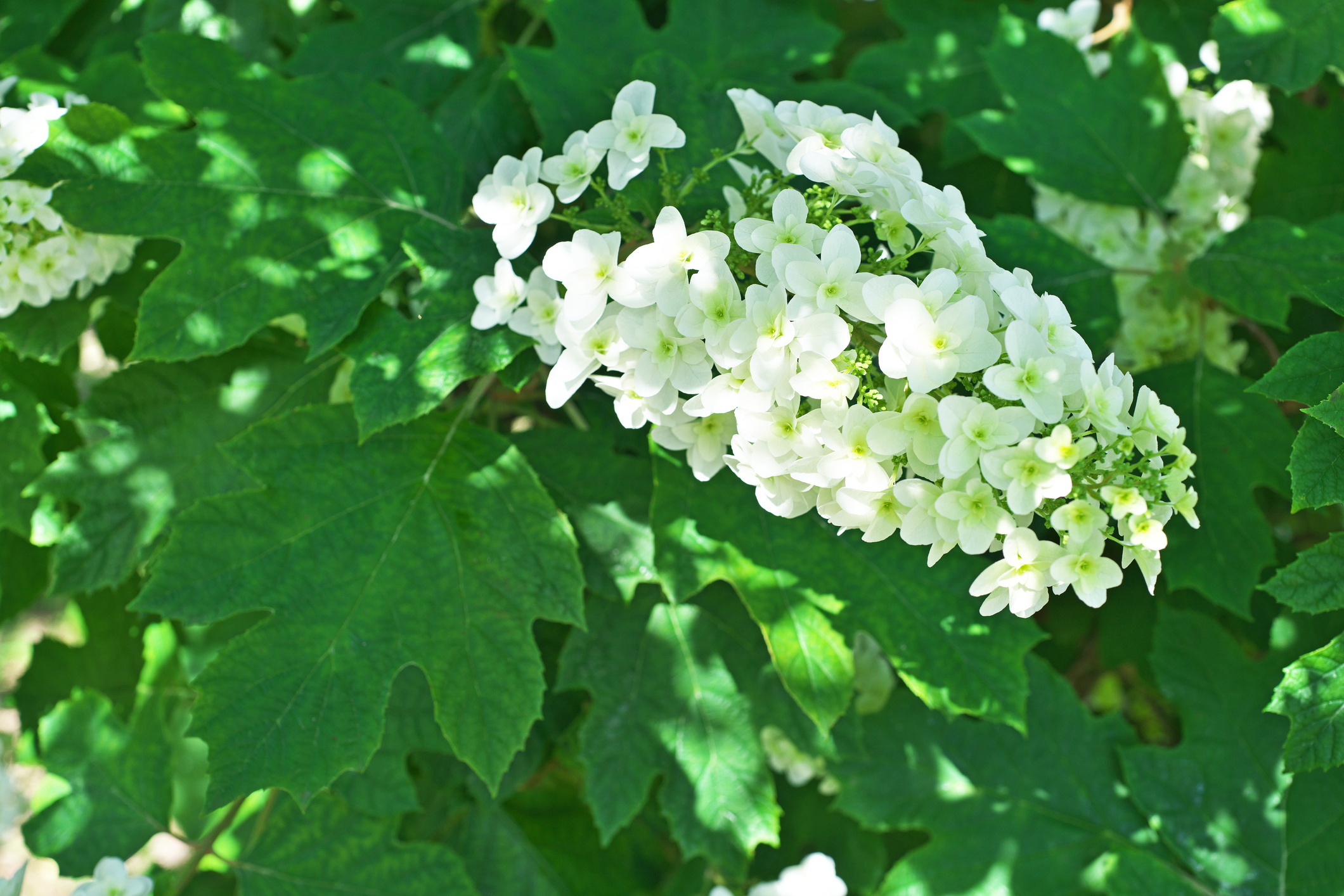
Oakleaf Hydrangea
Oakleaf hydrangeas have white blooms that are present from spring until early summer and can be single- or double-blossom. These shrubs can grow from 6 feet to 10 feet in height unless pruned. Oakleaf hydrangeas thrive in dry climates and need little attention. Though they prefer the sun, Florida’s sun is so harsh that they will need a little bit of shade. To prevent root rot, hydrangeas need proper drainage.
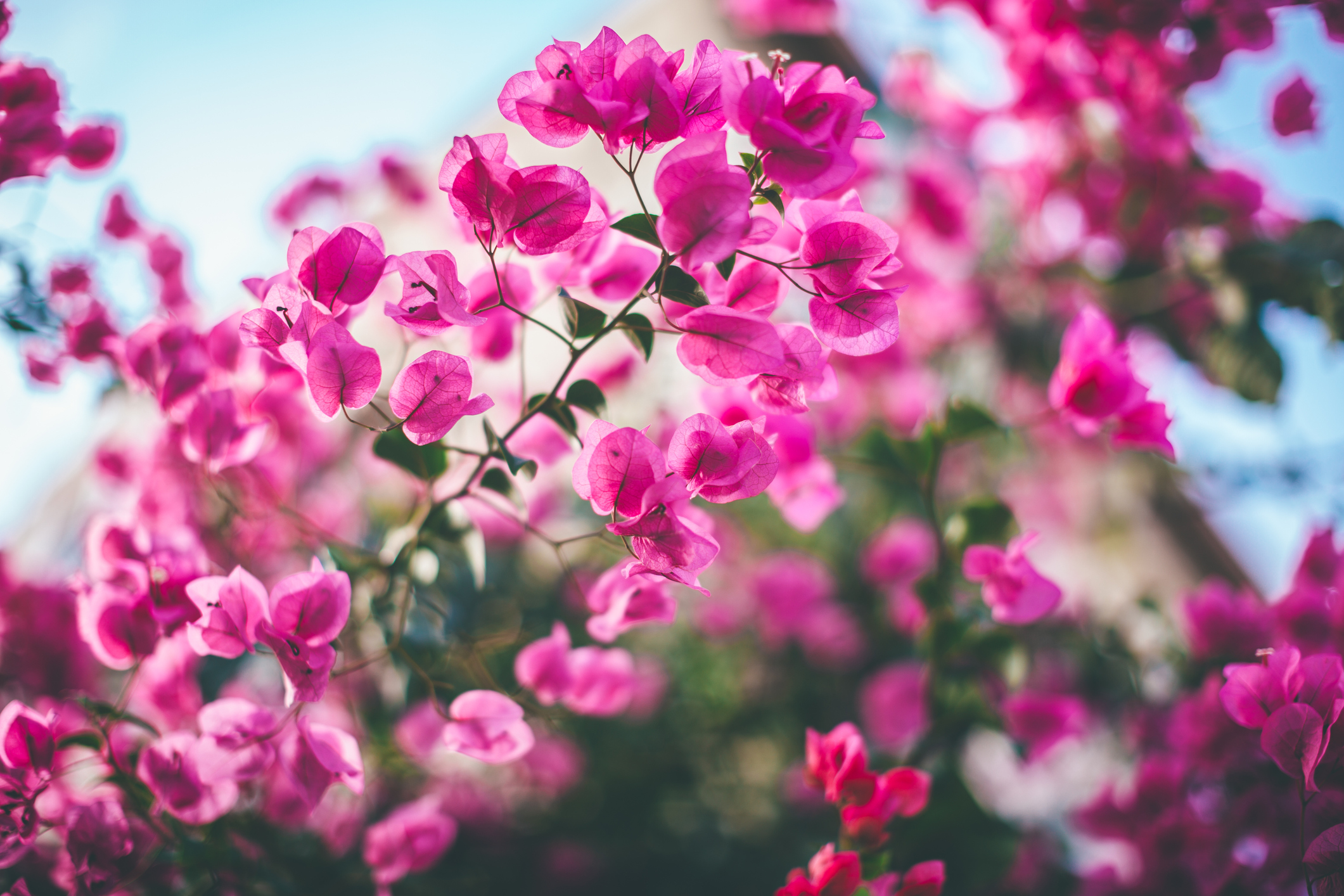
Bougainvillea
Bougainvilleas are a popular shrub and are perfect for Florida because they thrive in the sun and heat. At first, bougainvillea requires plenty of water and are sensitive, but, once established, they toughen and can withstand droughts. Bougainvillea often has thorns that require using gloves when pruning. This shrub can be planted as a hedge which requires less training, but it will have fewer blooms. It can also be trained to climb a fence or wall. Their beautiful flowers range in color from white to purple and also have various sizes.
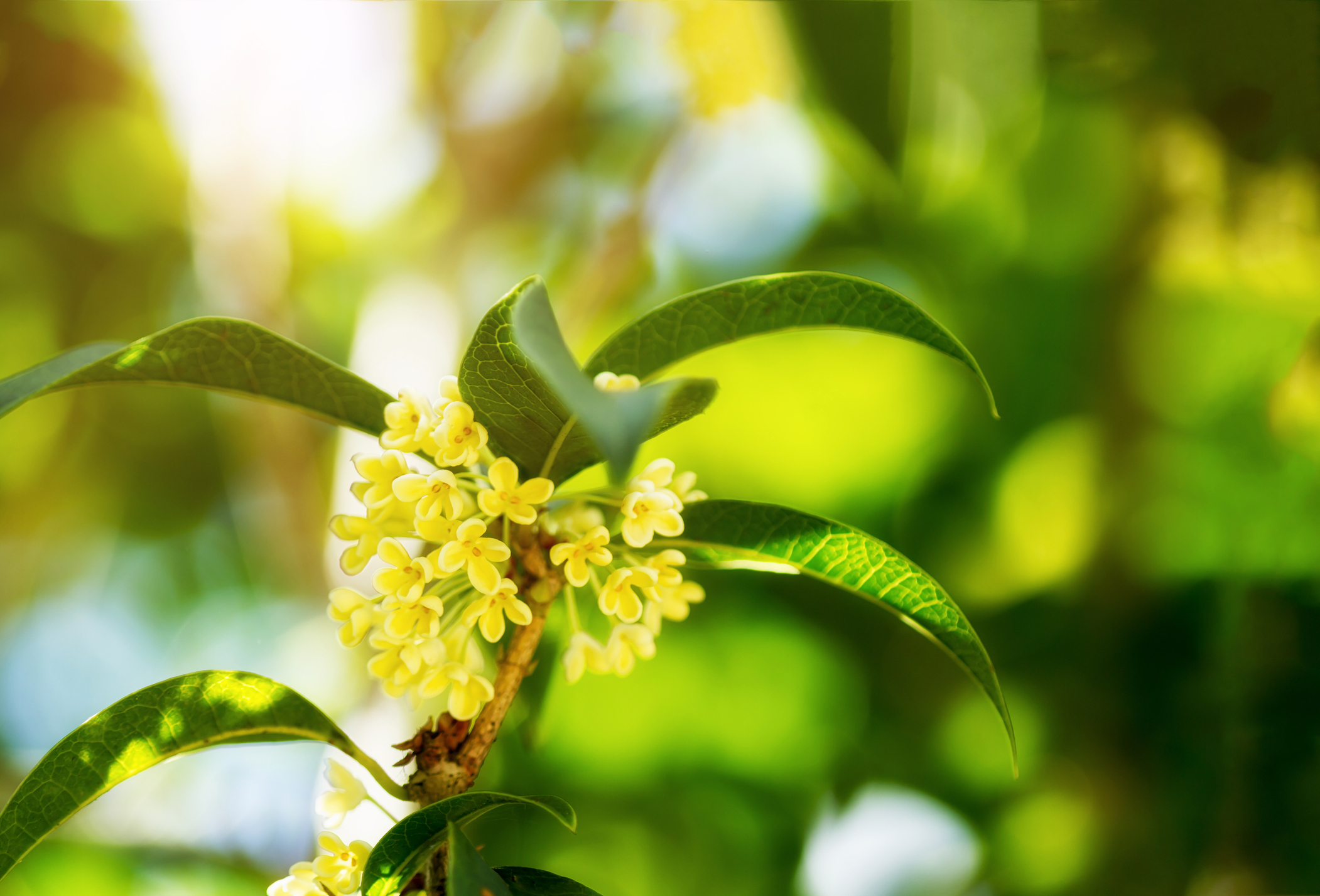
Tea Olive
The tea olive, though technically an evergreen tree, can be pruned into hedges and acts as a backdrop for more colorful plants. They grow 10 feet to 20 feet high but they are often pruned to remain smaller. Tea olives bloom throughout the year but most flowers appear in the fall. Though tiny and cream in appearance, they are known for their pleasing and distinctive aroma. This plant can survive in both partial shade and the sun. Because tea olives are durable, their soil does not particularly matter.
Florida Friendly Landscaping
Even if a residential or commercial landscape is already lush and green, there’s a chance it could be even more so if it’s a Florida-friendly landscape. Native and Florida-friendly plants are better able to support area wildlife, withstand weather changes throughout the year, and provide years of enjoyment. Evergreen Lawn Care excels in residential landscaping services, including answering questions about landscaping and creating or switching to Florida-friendly landscaping for homes and businesses.
